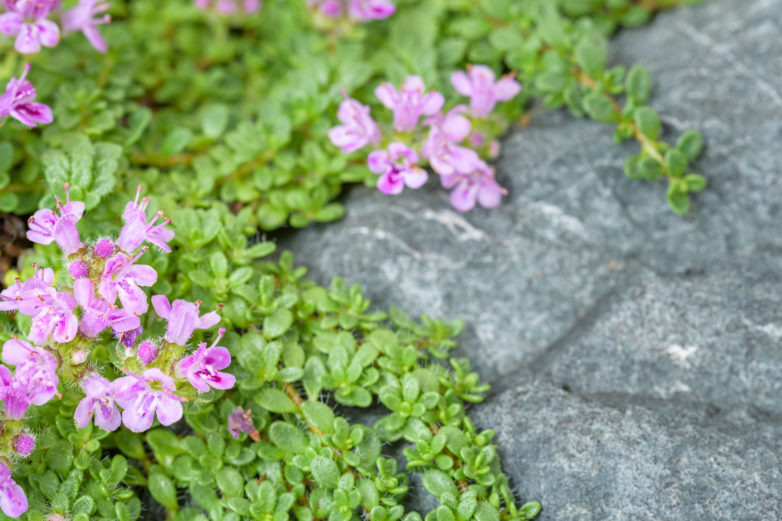The ABC’s of Water Saving
Jun 13th 2017
These days more and more restrictions are being placed on water consumption. You don’t have to sacrifice the health or beauty of your garden or landscape if you follow some simple suggestions. Lower water bills, lower energy consumption, and time spent maintaining your plantings will be the result of simple water saving practices.
In your vegetable garden, berry patch, or fruit tree orchard the obvious fix is a drip system. This pinpoint method of irrigation loses very little water to evaporation. As the moisture descends, it spreads out and feeds the roots of each plant. Very little time and effort needs to be spent on weeding as the weed seeds blown in don’t get watered. With a drip system, you will also be able to control the amount of water each plant is receiving. Knowing how much water you are feeding your plants will help you provide them with the necessary amount without over watering them.
Having good soil is another way you can reduce your water usage. Good soil will retain moisture longer, requiring less frequent watering. Not all of us have great soil, but you can help improve the quality of your soil by adding generous amounts of organic matter. You can help keep the moisture in your soil by adding a layer of mulch on top of the ground. Mulch that is laid over the surface of the ground will suppress weeds, slow evaporation, and improve the soil’s structure. Depending on what material you use for mulch (such as cocoa bean hulls) you can increase the soils fertility and water retention capacity.

If you’re thinking of removing your lawn to reduce the amount of water (750-1000 gallons per month) and money it takes to keep it looking good, using a mulch of wood chips or wood shavings over that area and then planting drought tolerant shrubs and trees will provide a long-term way of saving water and adding beauty. Some people choose to use weed barrier cloth underneath their mulch which lessens the likelihood of any weeds popping up. Those that do will be easy to pull out. If you are keeping some lawn space, make sure to keep it at a height of more than 3” tall to keep the soil cool and help the lawn conserve moisture.
Planting a low growing ground cover of drought resistant plants that flower, spread, is another landscaping idea that requires very little water, no mowing, and can be very attractive. Pink chintz, thyme, trailing ice plant, and veronica are good choices. Check out your local nurseries or go online to anniesannuals.com or highcountrygardens.com to see their gorgeous inventory of water wise plants.

Xeriscapes are a type of landscape that requires no need for supplemental watering beyond the first few years. A drip system can be used to get the plants established. Choosing native plants that are adapted to your local environment and soil type as well as other drought tolerant vegetation are essential for xeriscapes to succeed. A carefully planned xeriscape can look like a very attractive arboretum by incorporating some of the most beautiful drought tolerant trees, shrubs, and flowering plants in your area.

If you have rural property, putting in a good-size pond (using a pond liner if necessary) or increasing your holding tank capacity will provide you with water when you need it the most, in the dry summer months. Large ponds have other benefits like swimming, fishing, fish breeding and providing an alternative water source for irrigation. Ponds also act as an animal sanctuary, watering hole, and as a breeding place for wildlife indigenous to your land. Adult toads that live in your pond have the added benefit of living off the insects that otherwise might be eating in your veggie garden.

Using an irrigation timer to automate your drip system is essential if you want to efficiently save water and get the best results from your plantings while you are home, at work, or on vacation. It is essential to apply water at the right time of day (early morning) when the capillary action of plants pull water up from the soil. Setting the timer for the right duration will ensure your gardens high productivity without over consumption of water. Some timers are rain sensor capable which will stop a programmed cycle from turning on when there is rain.
The recent 7-year drought that the western United States experienced taught many people to conserve water. The benefit we get from trees, shrubs and native grasslands were all in peril. All functional elements of native plants and drought tolerant landscapes are very valuable. We need to nurture our natural surroundings, plant more trees and crops, and water them as efficiently as possible. With the global warming resulting in extreme weather patterns, being attentive to our fragile and limited water resources is a must. What preparations you can take regarding your water needs is a question only you can answer.

